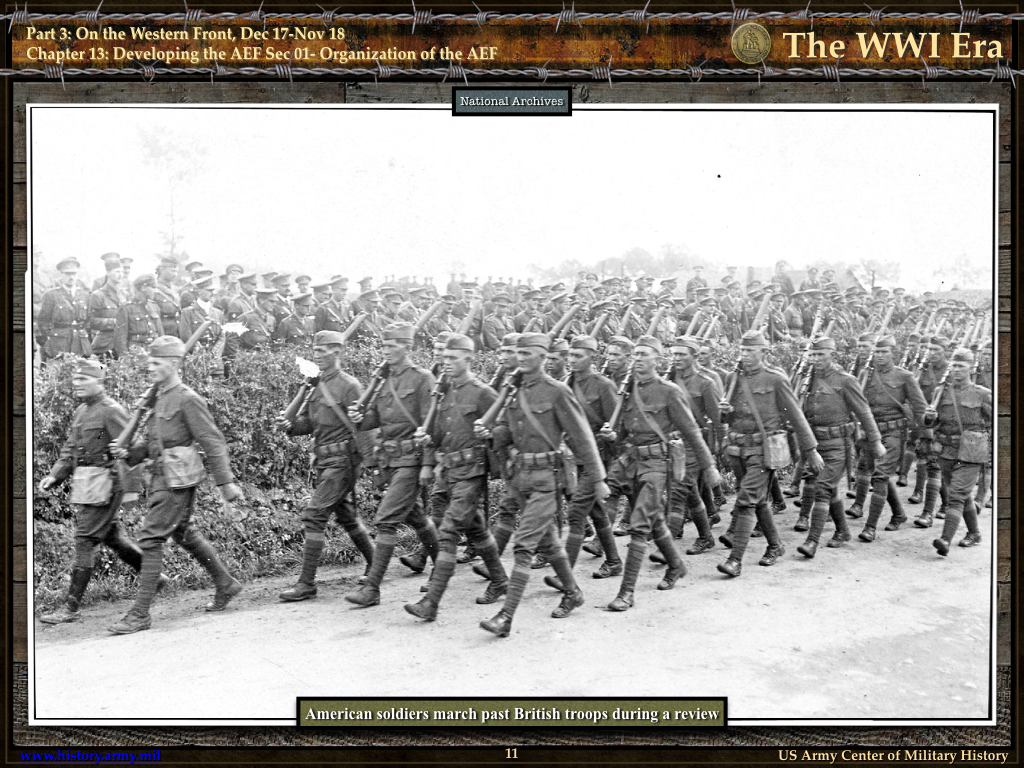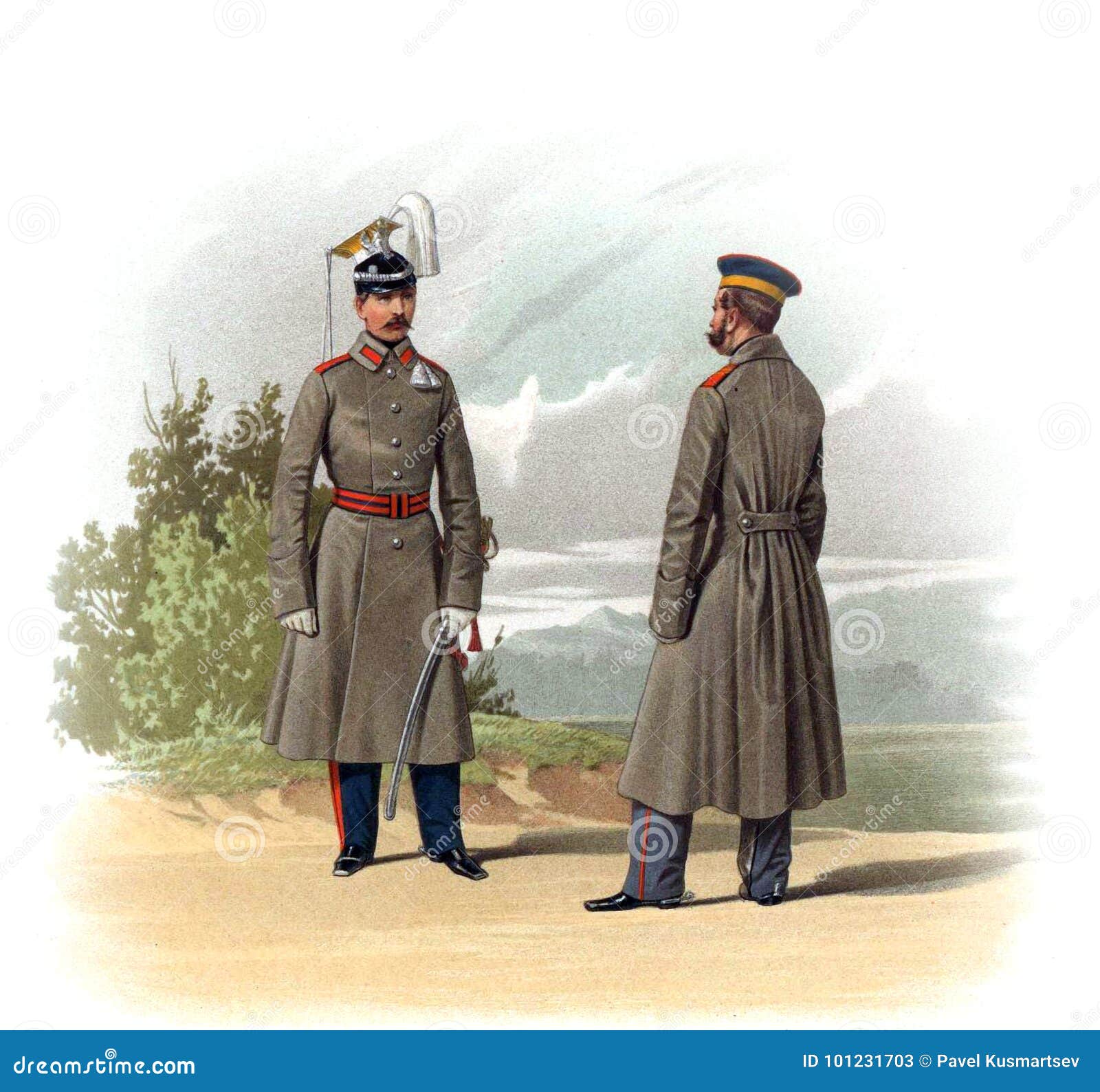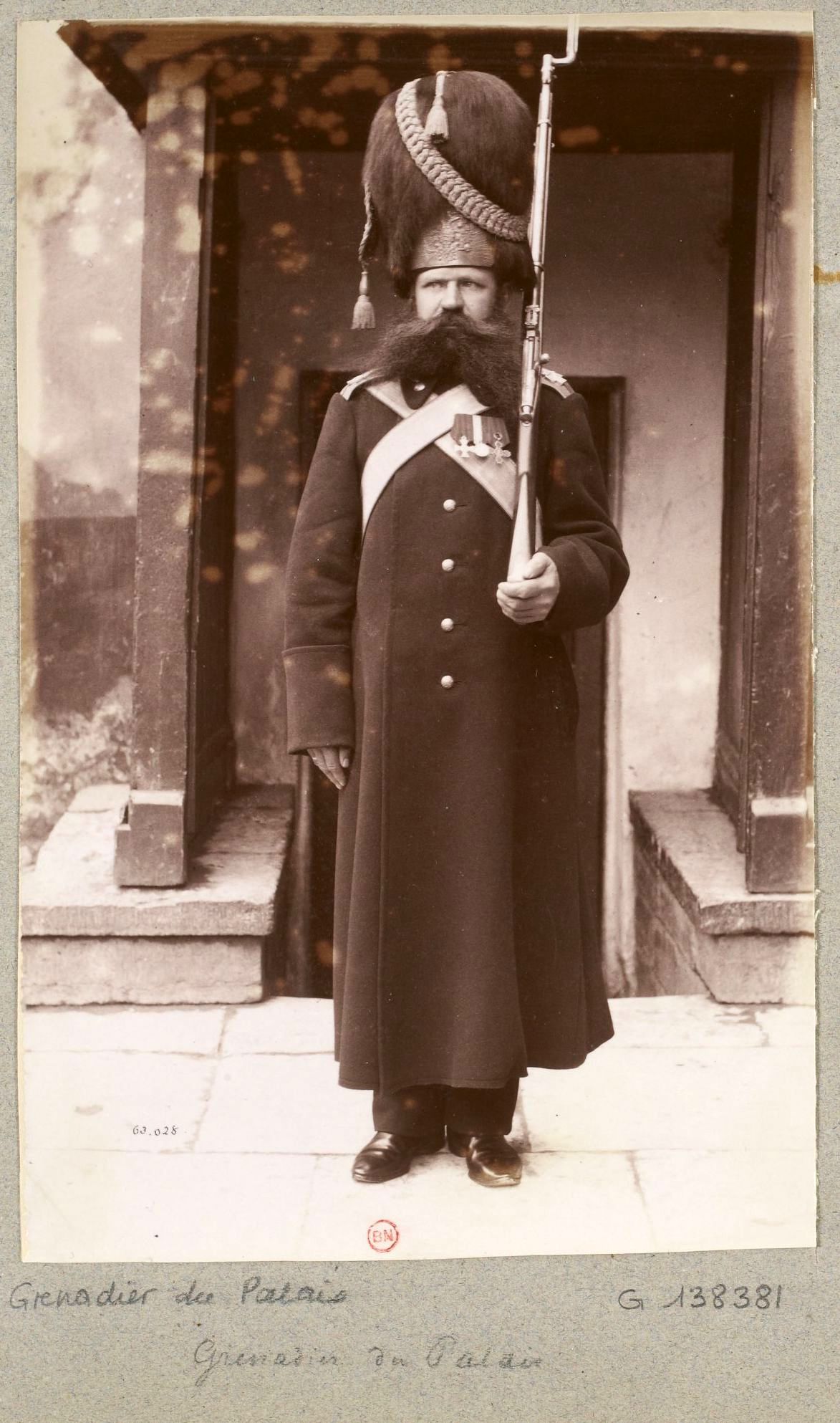Russian Empire Military - The 46th Infantry Division (Russian: 46th Infantry Division, 46th Infantry Division) is an infantry unit of the Imperial Russian Army.
1•2•3•4•5•5•6•7•7•8•9•10•10•11•12•13•13•13• 14•15•16•16•16•17•18• 18• 19•20•20•21•22•23•23•23•25•25•25•25 • 25,25 25 • 25,25 • 26 • 27 • 28 • 29 • 30 • 32 • 33 • 35 • 36 • 38 • 40 • 41ST • 42ND • 44thThThhd • 44thThhdHthhd • 46th • 47th • 48th • 49th • 50th •51st • 52th
Russian Empire Military

Mobilization in July 1914: 53•54•55•56•57•57•58•59•59•60•66•62•62•63•63•64•64•65•66•66• 67•68 •68 •69•69•69•70•71 •71 • 71 • 72 • 73 • 73 • 75 • 75 • 75, • 76 • 77 • 78 • 79 • 80 • 81 • 82 • 83 • 84
Why Napoleon's Invasion Of Russia Was The Beginning Of The End
Mobilization in June 1915: 99•100•102•102•103•104•104•105•106•106•107•107•108•109•109•109•110•111•111•112• 112•113 •114 •114•115•115•115•117•117•117•117•118•119•119•120•121•121•121•121•12111, • 122•123• 124 session
November 1916 Mobilization: 129th • 130th • 131st • 132nd • 133rd • 134th • 135th • 136th • 137th • 138th
First Siberia•Second Siberia•Third Siberia•Fourth Siberia•Fifth Siberia•Sixth Siberia•Seventh Siberia•Eighth Siberia•Ninth Siberia•Tenth Siberia•Eleventh Siberia•Twelfth Siberia• Czechoslovakia
First • Second • Third • Fourth • Fifth • Sixth • Seventh • Eighth • Ninth • Tenth • Eleventh • Twelfth • Thirteenth • Fourteenth • Fifteenth • Caucasus
Putin Wants Ukraine For His 'russian Empire,' Warns President Poroshenko
1st Don • 2nd Union • 1st Caucasian • 2nd Caucasian • 3rd Caucasian • Native Cavalry of the Caucasus For some time in the service of the Russian emperor was a group of French nobles who fled from the revolution at home.
As a result of the French Revolution of 1789, thousands of French people who did not recognize the new authorities were forced to leave their homes. However, not everyone is ready to accept the prospect of spending the rest of their lives in a foreign country.
Supporters of the restoration of the French monarchy - the royalists - were determined to fight for the return of the deposed Bourbons to the throne. Their units joined the armies of European states that fought against the French revolutionaries. The most powerful of these military units was the Royalist Legion in exile of Prince Louis-Joseph de Bourbon de Condé.

For many years Comte's army fought together with Austria against revolutionary France. However, after the defeat of the latter in 1797 and their withdrawal from the war, the royalists found themselves at a crossroads, not knowing who to join now and where to look for protection.
The Standoff At Belbek: Inside The First Clash Of The Second Crimean War
It was then that Russian Emperor Paul I extended a helping hand to the French royalists. According to the treaty with the exiled French king Louis XVIII, he allowed the legion of exiles to serve Russia. And the monarch himself received asylum in Russia.
In the winter of 1797, more than 5,000 soldiers of Prince Condé arrived at their new camp on the lands of Western Ukraine in the Russian Empire. Before the move, the legion was much larger, but Paul I refused to accept German and Swiss mercenaries in his service. The only exception was the German infantry regiment of the Duke of Hohenlohe.
Royalists were given a new uniform, as well as a flag and colors that combined Russian and French heraldic symbols. In the center of each flag is a double-headed eagle and lilies in the corners.
At the end of 1798, Condé's soldiers got another chance to face their old enemy - Russia, which, as part of the Second Coalition, started hostilities against revolutionary France.
Postage Stamps And Postal History Of Russia
The Battle of Constance on October 7, 1799 is the most memorable scene of the war in which Condé's troops participated. Retreat beyond the Rhine.
Despite the setback, the French soldiers were determined to continue the fight. However, the Russian emperor had other plans. Dissatisfied with his Austrian and English allies, Paul I made a sharp foreign policy turn, reconciled with Napoleon and withdrew from the war.
Officially still in the service of Paul I, the disillusioned royalists were to return to Russia with the rest of the army, but the Russian emperor once again did them a favor by allowing them to stay. On March 7, 1800, the Prince of Condé was informed that his legion would henceforth be funded by the British and could remain in Europe to continue fighting. The French were even allowed to keep their equipment, weapons, uniforms, and chariots and horses as a token of appreciation for their distinguished service.

By 1812, a large part of Europe was in some form of dependence on Napoleonic France. Bonaparte shamefully ended the centuries-old Holy Roman Empire and founded on its ruins the Union of the Rhine, attached to Paris. Even the once powerful Prussia and Austria were forced to play the politics of the "Corsican monster".
Member Military Image & Photo (free Trial)
Germans who did not agree with French hegemony were forced to emigrate, including to Russia, where they created the Council for German Affairs. When Napoleon's large army invaded the country in June 1812, it was they who proposed to Emperor Alexander I to create a Russian-German legion to fight the interventionists.
The committee printed more than 10,000 leaflets urging "men and soldiers of the German nation" to defect to Russia. As a result, more than 600 Germans deserted from the French army to Russian-German regiments.
The Russian-German Legion, formed in Reveli (modern Tallinn), attracted German prisoners of war and defectors, representatives of the German community living in the territory of the Russian Empire, and Russian officers from among the Baltic Germans. One of the legionnaires was Carl von K. Lauzewitz (Carl von Clausewitz), later became a famous military theorist and historian.
The Russian-German corps numbering about 9,000 soldiers participated in military operations in the north of Germany, Denmark and the Netherlands. In the Battle of Gourdes on September 16, 1813, he won a decisive victory by attacking the French army from the rear.
South Ukraine Holds The Key To Putin's Dreams Of A New Russian Empire
After the victory over Napoleon, the corps came under Prussian control and was disbanded in 1815, its soldiers joining the Prussian army or the armed forces of other German states.
During the Crimean War (1853-1856), Russia, which suffered a final defeat, had to fight alone against the combined forces of the Ottoman Empire, England, France and the Kingdom of Sardinia. The only country that supports Russia is Greece.
Without taking a direct part in the conflict, Greece began to actively incite and support rebellions in neighboring Turkish provinces. In addition, there were Greek volunteers who joined the Russian army.

The idea of creating a Greek volunteer army in the Russian army was developed by the officer of the Greek army Aristidis Chrysovergius. As soon as the war started, he communicated this idea to General Mikhail Gorchakov, the commander of the Russian army, which was in the territory of Moldavia and Wallachia.
Military Districts Of The Russian Empire
Chrysavergis became the first commander of the Greek legions soon formed by Emperor Nicholas I. In the summer of 1854, he led a detachment of 25 men in the Danube Delta to repel a British landing force of 700 soldiers. The British lost 72 men, including the distinguished aristocratic Captain Richard Hyde Parker IV, causing a sensation in London society.
At the beginning of 1855, the regiment numbering 800 people was transferred to the Crimea, where it participated in the most
Military drone range, laser range finder military, military range bags, military range targets, long range military radio, military radio range, military range finder, military long range binoculars, range rover military discount, military range rover, range of military drones, military range bag
0 Comments